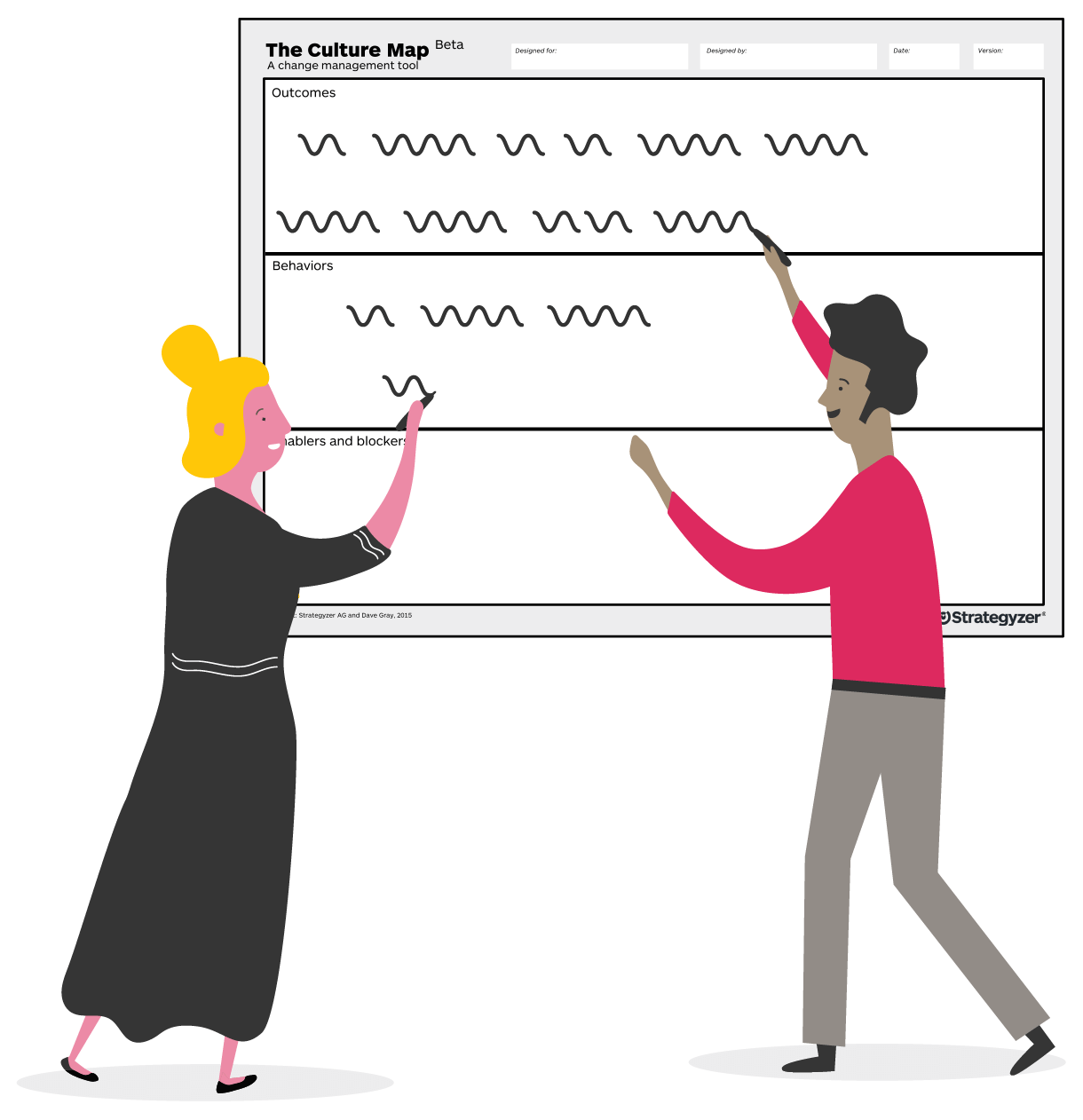Organizations increasingly face the challenge of initiatives such as customer experience, user experience, and digital transformation, which roll across the organization instead of up and down it. Yet many lack the necessary tools to successfully collaborate on these initiatives.
Traditionally, organizations have been managed and organized hierarchically, that is, top to bottom. Goals are set at the top of the company and roll down through management to the front line.
Increasingly organizations have a new challenge: initiatives that roll across the organization instead of up and down it. These initiatives go by names like customer experience, user experience, and digital transformation. By their very nature, they cut across the organization; therefore, they require different tools and different ways of working. And while companies have a lot of tools for managing up and down their organization, they tend to lack the necessary tools for moving across it.
Whether you’re in a design role, a developer role, or the role of a product manager, when you start to work across your organization, you discover you can’t simply tell people what to do or set goals and targets and ask them to meet them. You have to win them over. You have to get them to buy-in. You’re not only informing, you’re also selling. And you’re not only selling, you’re also gathering input, so those conversations need to be different. They need to be collaborative. They need to be creative. And they need to incorporate the priorities of other teams in order to be successful. That’s where visual thinking can become extremely helpful.
Visual thinking gives you the tools and methods for connecting, collaborating, and co-creating with your peers; it’s a way to co-create solutions that work for everyone. It involves your peers and other colleagues and keeps them involved along the way.
Visual thinking also helps you establish a common language for co-creation. Instead of going into meetings with a polished presentation to try and pitch your idea, you go in with a sketch or a drawing that everyone can interact with. By drawing out your idea, you bring people into your thought process. They can easily comprehend what you’re trying to say. A visual representation of an idea draws attention, interest, and people tend to engage with a drawing at a far higher rate.
Now, when I say drawing out your idea, it might sound like it’s going to be difficult, but it’s a lot easier than you think. To learn just how easy it is, check out our Visual Thinking Sketch Notes blog post.
As part of our Visual Thinking practice, we frequently use tools to help teams break away from their traditional ways of working. The three most common tools we use––and which we’ve had great success using during client sessions––are empathy mapping, culture mapping, and customer journey mapping.
Empathy Mapping

Empathy mapping is a tool for developing a deeper understanding of the people involved in your initiative, whether they are colleagues, customers, or other partners. It provides a deep-dive into the underlying motivations of your people to uncover why they are functioning the way that they are. The principle is to start with your people and design with their needs in mind.
Culture Mapping

Culture mapping is a tool for understanding your current organizational culture and envisioning the desired state so you can find and overcome barriers to change. If you’re embarking on a change initiative, the last things you want to skimp on are risk-awareness and risk management. Use the Culture Map to find out where your company culture is right now, what’s not working, and what’s broken, to envision what an ideal culture would look like for your organization.
Customer Journey Mapping

Customer journey mapping allows you to deeply understand and intentionally design the interactions that your customer has with your company or product; it’s the key to putting your customer first. But doing it co-creatively with your employees is what will truly drive the culture change throughout the organization. The act of building your customer journey map as a team and documenting it clearly and concisely is what will begin to shift your employees’ traditional behaviors and mindsets and inspire them to act in a new, customer-focused way.
As previously mentioned, visual thinking establishes a common language; it’s a way to show and see the pattern that connects, and it allows you to solve problems that could not be solved otherwise. It also helps explain things that would otherwise be unexplainable.
If you’re facing the tough challenge of working across your organization, the visual thinking tools provided above can help you build shared understanding and energy and get everyone on the same page about what you are doing and why.
If you have any questions about our tools––or about our visual thinking process as a whole––drop us a note and let us know how we can help. We welcome your questions and comments!
